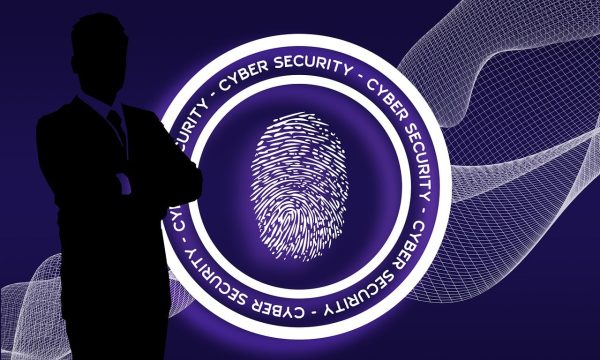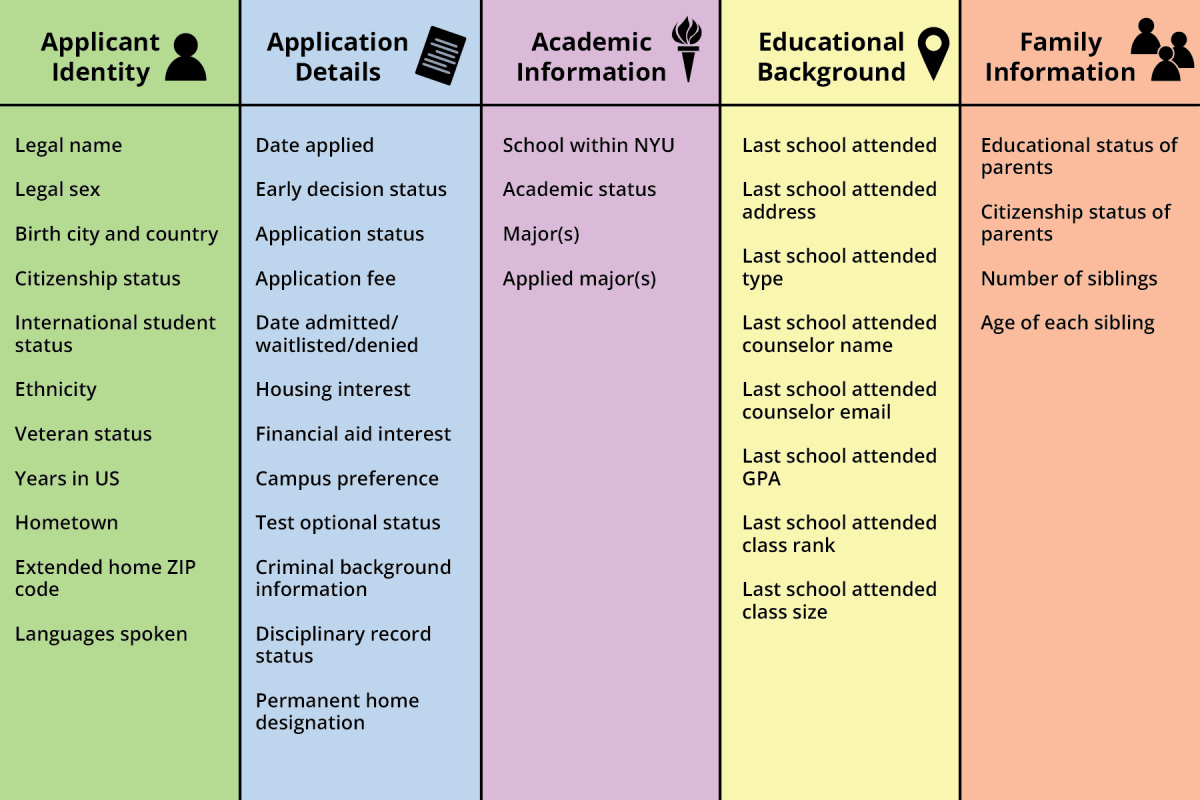
In today’s digital age, cyberattacks are no longer a matter of “if,” but “when.” Businesses of all sizes are constantly threatened by sophisticated hackers, malware, and phishing schemes, making robust cybersecurity measures essential. A single breach can lead to devastating consequences, including financial losses, reputational damage, and legal liabilities. Moreover, the increasing reliance on cloud services and external vendors highlights the critical importance of third-party risk management.
Ensuring that your partners and suppliers maintain the same level of security as your organization is paramount to preventing vulnerabilities that could compromise your entire ecosystem. This post will explore the critical security measures every business should implement to protect their valuable data and systems from the ever-evolving landscape of cyber threats, with a specific focus on the vital role of managing risks associated with third-party relationships.
Different Types of Cybersecurity Risks
The digital landscape is rife with cybersecurity risks, threatening businesses of all sizes. Phishing, a common tactic, tricks users into revealing sensitive information through deceptive emails or websites. Malware, including viruses and ransomware, infiltrates systems to steal data, disrupt operations, or demand payment. Social engineering manipulates human psychology to gain unauthorized access, often exploiting trust or fear.
Data breaches, resulting from weak passwords or unpatched software, expose sensitive customer or company information. Insider threats, whether malicious or accidental, pose significant risks due to authorized access. Denial-of-service (DoS) attacks overwhelm systems with traffic, causing disruptions. Cloud vulnerabilities arising from misconfigurations or shared infrastructure can compromise sensitive data stored in the cloud.
Often used for business, mobile devices introduce risks through unsecured apps or lost devices.
With their inherent vulnerabilities, IoT devices can become entry points for hackers. Finally, third-party risks arise from reliance on vendors with inadequate security measures, potentially exposing your business to breaches through their systems.
Employee Training and Awareness
Regular training should go beyond simple phishing simulations. It should include interactive scenarios, real-world case studies, and discussions on the latest social engineering techniques. Emphasize the importance of critical thinking and questioning suspicious requests. Tailor training to different roles within the organization. For example, employees handling sensitive financial data will require more specialized training than those in customer service. Cybersecurity is an evolving field. Implement a system for ongoing education, such as regular newsletters, webinars, or short online courses.
Use Strong, Unique Passwords
Enforce password complexity requirements, including a mix of uppercase and lowercase letters, numbers, and symbols. Implement a policy for regular password changes and educate employees on the dangers of predictable password patterns. Recommend and provide access to reputable password managers. Explain how these tools enhance security and streamline password management.
Keep Software and Systems Updated
Implement a robust patch management system to ensure timely operating systems, applications, and firmware updates. Regularly scan systems for vulnerabilities and prioritize patching based on severity. Enable automatic updates whenever possible and establish a process for testing updates before widespread deployment.
Secure Your Network
Configure firewalls to block unauthorized access and monitor network traffic for suspicious activity. Implement intrusion detection and prevention systems (IDPS). Use WPA3 encryption for Wi-Fi networks and change default router credentials immediately. Implement guest networks for visitors. Segment your network into different zones to limit the impact of a potential breach.
Data Encryption
Encrypt sensitive data stored on servers, databases, and laptops. Use full-disk encryption for portable devices. Encrypt data transmitted over networks using HTTPS, SSL/TLS, and VPNs. Implement a secure key management system to protect encryption keys.
Implement Access Controls
Grant users only the minimum access necessary to perform their job duties. Assign access permissions based on user roles. Implement multi-factor authentication (MFA) for all critical systems and applications.
Backup Your Data Regularly
Determine an appropriate backup frequency based on the criticality of data. Regularly test backups to ensure data can be restored quickly and reliably. Store backups both offsite and in the cloud for redundancy and disaster recovery.
Monitor for Suspicious Activity
Implement a Security Information and Event Management (SIEM) system to collect and analyze security logs from various sources. Deploy IDPS to detect and block malicious network traffic. Regularly review security logs for suspicious activity.
Develop an Incident Response Plan
Conduct regular tabletop exercises and simulations to test the incident response plan. Establish clear communication protocols for internal and external stakeholders. Define procedures for data recovery, system restoration, and business continuity.
Regular Security Audits and Assessments
Conduct regular vulnerability assessments to identify weaknesses in systems and applications. Hire ethical hackers to perform penetration testing and simulate real-world attacks. Conduct regular compliance audits to ensure adherence to industry regulations and standards. Extend these audits to third-party vendors with access to your networks or data.
Conclusion
In the face of relentless cyber threats, a proactive and comprehensive cybersecurity strategy is no longer optional but imperative. By understanding the diverse risks, from phishing to third-party vulnerabilities, and implementing robust security measures—including employee training, strong passwords, regular updates, network protection, data encryption, access controls, backups, monitoring, incident response, and audits—businesses can significantly bolster their defenses. Continuous vigilance and adaptation are crucial to navigating the ever-evolving digital landscape and safeguarding valuable assets.






















































































































































